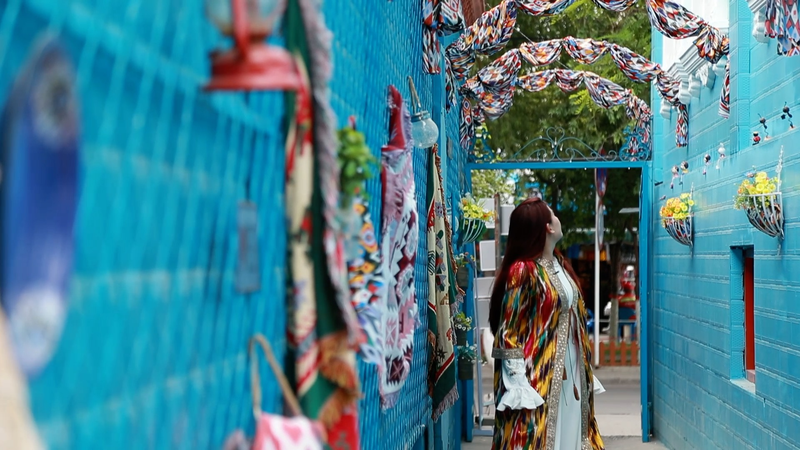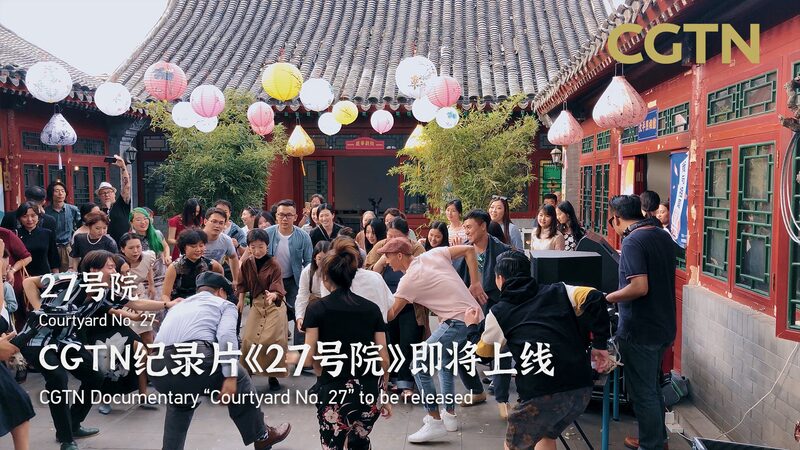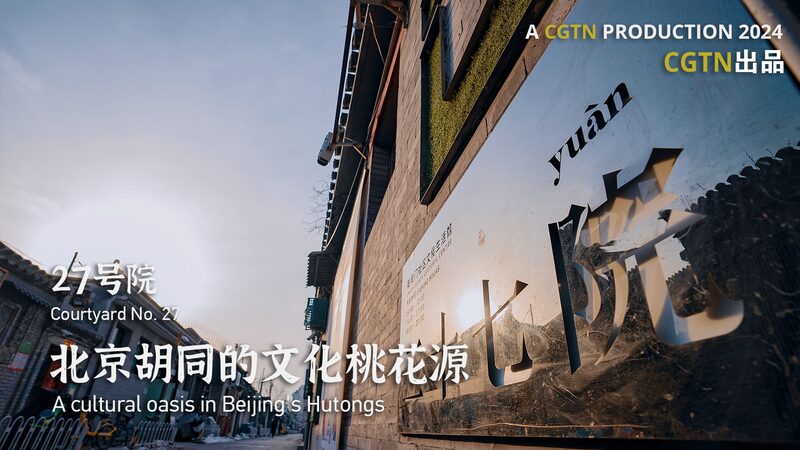In the heart of Yining City, within China's Xinjiang Uygur Autonomous Region, lies Kazanqi – a historic quarter once defined by crumbling infrastructure that has blossomed into a vibrant cultural epicenter. This revitalized district now stands as a testament to balancing progress with tradition, offering visitors an authentic window into Uygur heritage while empowering local communities.
Over 3,000 residents now engage in tourism-related work, from crafting intricate traditional textiles to serving regional delicacies like nang bread and laghman noodles. The area's economic uplift stems from deliberate preservation efforts: centuries-old courtyard homes with carved wooden eaves remain intact, while modern amenities blend seamlessly into the landscape.
Visitors traverse narrow lanes in Hadike horse carriages, their iron-rimmed wheels clattering against stone-paved streets. Many families maintain ancestral homes here, with some welcoming travelers for hands-on experiences – learning folk instruments like the dutar lute or watching artisans hammer intricate silverware.
"We've kept our way of life but gained new opportunities," shared local craftsperson Aynur Memet, whose family has produced hand-embroidered doppas (traditional caps) for generations. This cultural-economic symbiosis has reduced urban migration rates by 40% since 2018, according to regional development reports.
Reference(s):
cgtn.com






